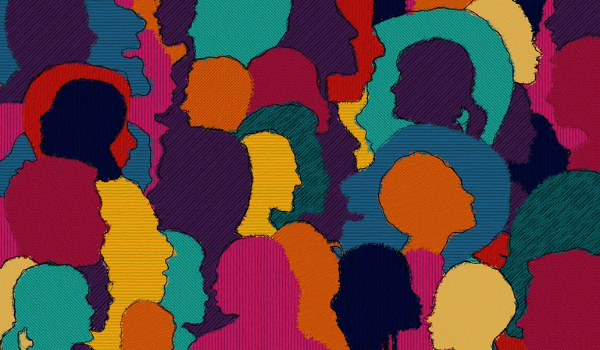Where do Indian organisations stand in terms of readiness for LGBTQ+ inclusion? How do members of the LGBTQ+ community feel at their workplaces in India? Will India Inc. be able to successfully create an accepting culture of inclusion in the future? These are just some of the questions that a recent survey by Randstad tried to find answers to.
The members of the LGBTQ+ community feel that their identity tends to get lost under the guise of neutrality at the workplace. The environment becomes less attractive when intrusiveness is often interpreted as curiosity. Even in workplaces where discrimination is not externally evident or visible, there exists a somewhat underlying toxic culture which makes members of the community feel less than comfortable.
There is also lack of clarity when it comes to whom to approach or seek help from in case there is discrimination or bias. While formal policies are in place, they have not been advocated aggressively. Matters become worse when no penalties are imposed on employees who fail to comply with the organisational policies. There is lack of sensitisation, and therefore, unless adequate internalisation happens, homophobia will not vanish, but will merely remain just below the surface.
True inclusiveness, members of the community feel, will come only if the members are considered for leadership roles and core roles, and not expected to only lead LGBTQ initiatives. They wish to be appreciated for their willingness to learn. The community suggests that instead of focussing on fancy diversity and inclusion (D&I) content and forums, D&I should be made part of the organisational DNA. The best way to do this is by having more members from LGBTQ+ community in then leadership rank.
Other facilities and benefits that would make workplaces more inclusive are gender-neutral washrooms, insurance/health cover for same sex partners, competitive salaries, and so on.
Another common observation is that the vision/policies pertaining to inclusion are limited to human resources alone. Also, while there are many opportunities offered for women to discuss and talk about their rights and safety, the LGBTQ+ community remains relatively ignored.



